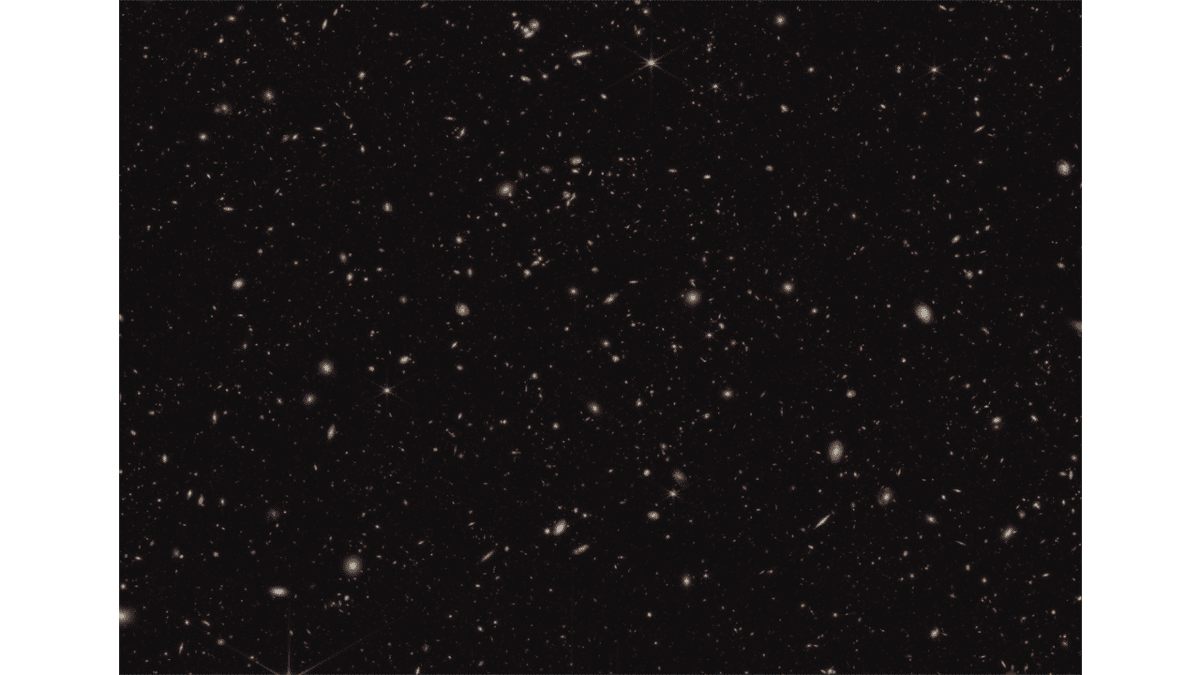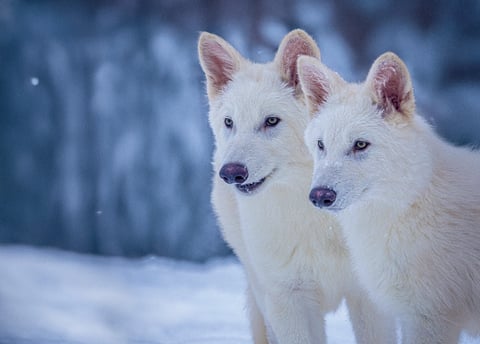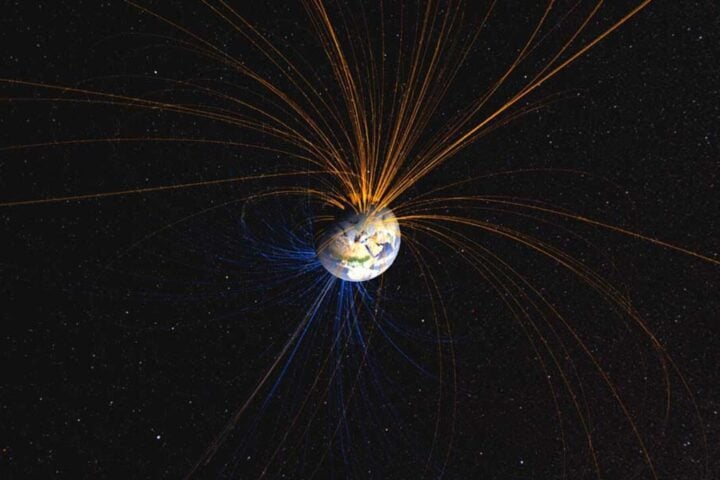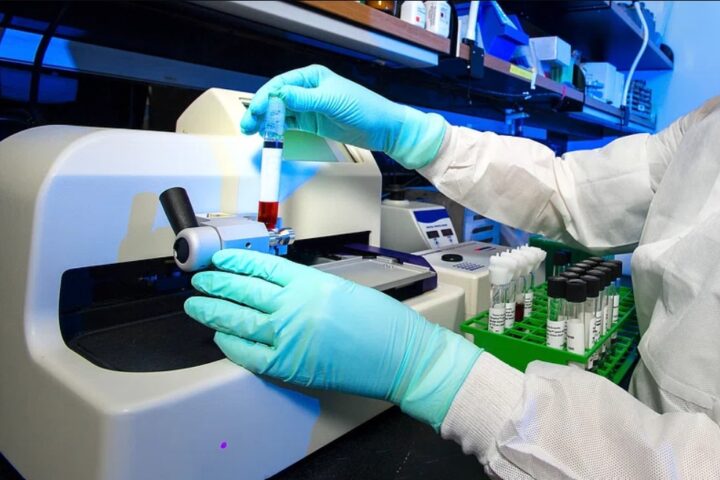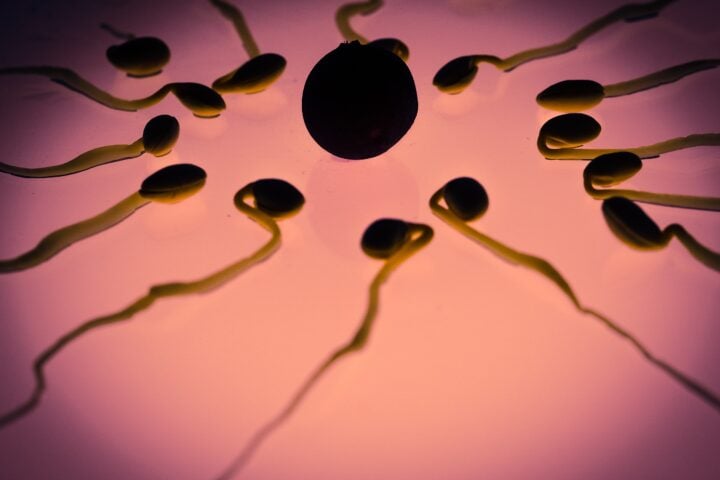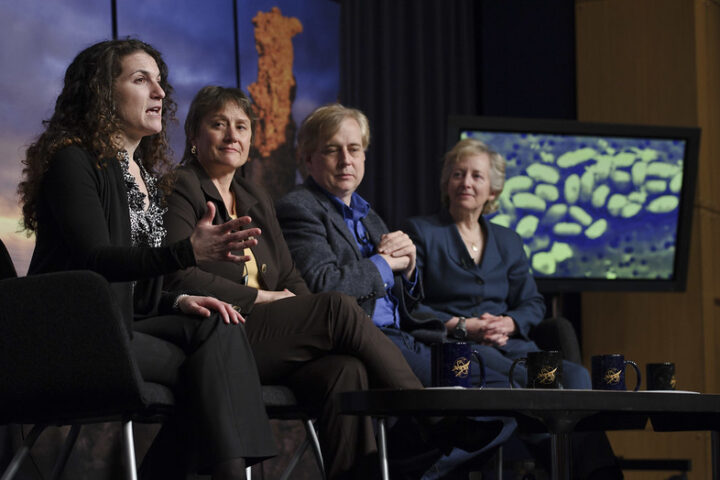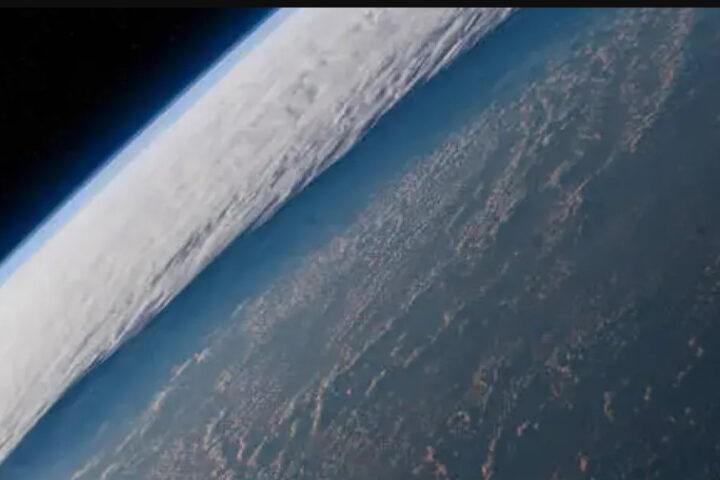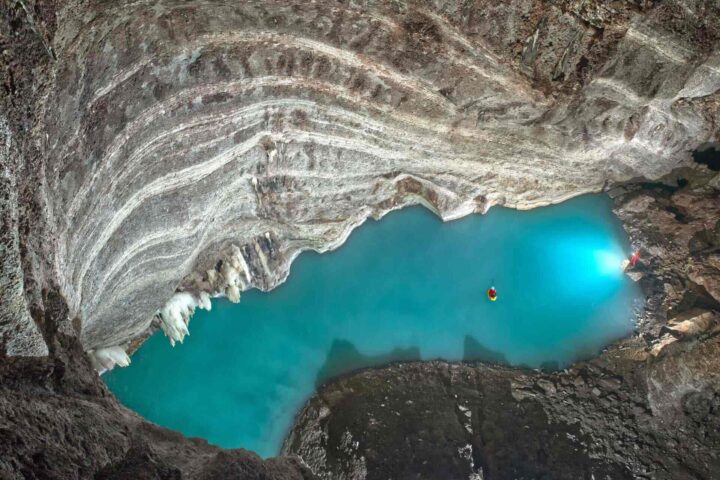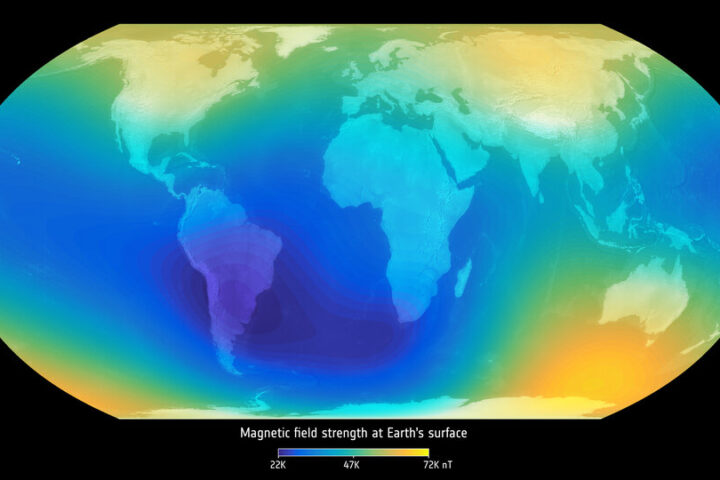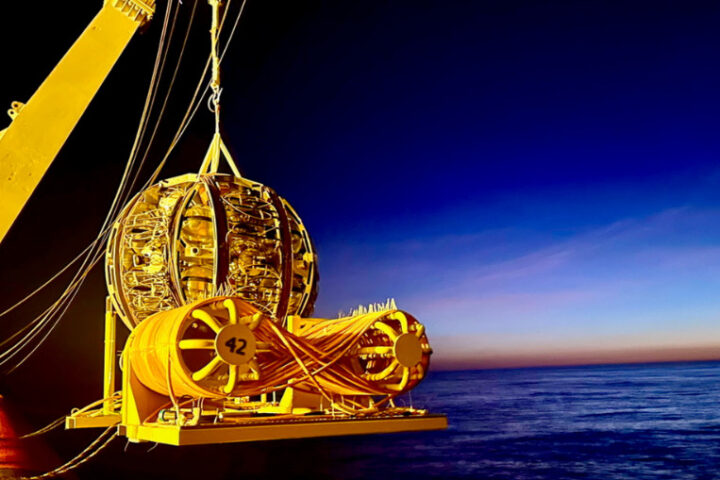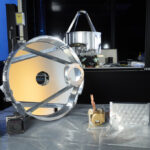The James Webb Space Telescope has captured an extraordinary image revealing a star factory filled with galaxies. This image is part of the JWST Advanced Deep Extragalactic Survey program and focuses on a region of the sky known as GOODS-South, containing over 45,000 galaxies .The patch of sky captured by JWST has previously been observed by the Hubble telescope as well.
The JADES program, using JWST, aims to understand how the first stars and galaxies formed. Marcia Rieke of the University of Arizona expresses the program’s goal of answering questions about the assembly, star formation, and cessation of star formation in early galaxies.
The team studied galaxies that existed 500 to 850 million years after the Big Bang when the universe was still opaque to energetic light due to a gaseous fog. Approximately one billion years after the Big Bang, the universe became transparent as the fog cleared.
The image reveals 45,000 galaxies, which could be counted with significant time on hand. The captured region is known as the Great Observatories Origins Deep Survey (GOODS) and attracts astronomers interested in observing the earliest stages of the universe.
Similar Post
Hubble Space Telescope, Chandra X-ray Observatory, and Spitzer Space Telescope have been extensively used for the study of GOODS.JWST surpasses its predecessors in power, offering unprecedented detail and insight into the early universe.
Astronomer Kevin Hainline of the University of Arizona notes that the earliest galaxies previously appeared as smudges but are now seen as extended objects with visible structure. JWST’s Near-Infrared Spectrograph (NIRSpec) instrument was utilized to detect signs of star formation in the early universe.
The investigation reveals intense recent star formation in almost every galaxy found, suggesting their proficiency in creating hot, massive stars.
The team also identifies periods of rapid star formation interspersed with quieter periods in these early galaxies .JWST’s observations in GOODS led to the discovery of approximately 700 new galaxies, some of which are the youngest ever observed. After the Big Bang, these newly found galaxies age between 370 million to 650 million years .The James Webb Space Telescope image containing 45,000 galaxies has garnered significant attention.
Scientists expect to gain a better understanding of the early universe with these newfound galaxies.
The image highlights the turbulent nature of galaxies in the early universe, challenging previous assumptions. The study of these young galaxies and their light signatures contributes to understanding the Epoch of Reionization, a critical period in the early universe’s history.
